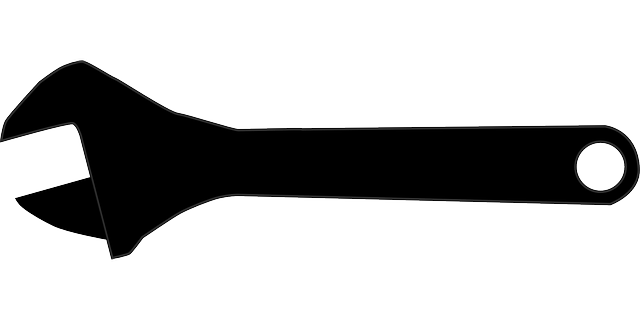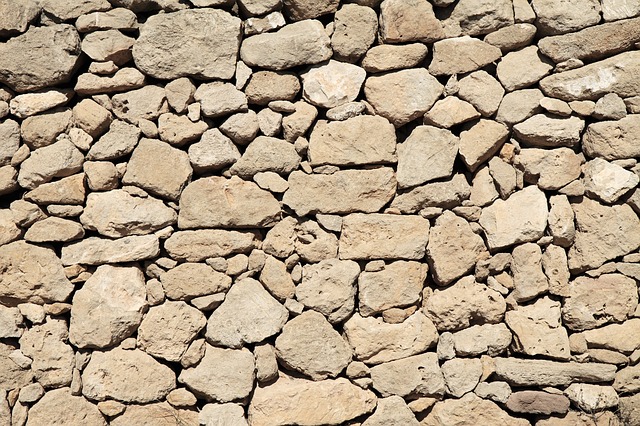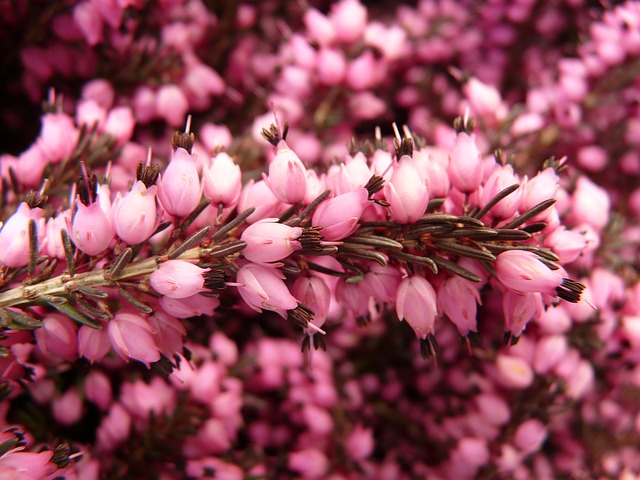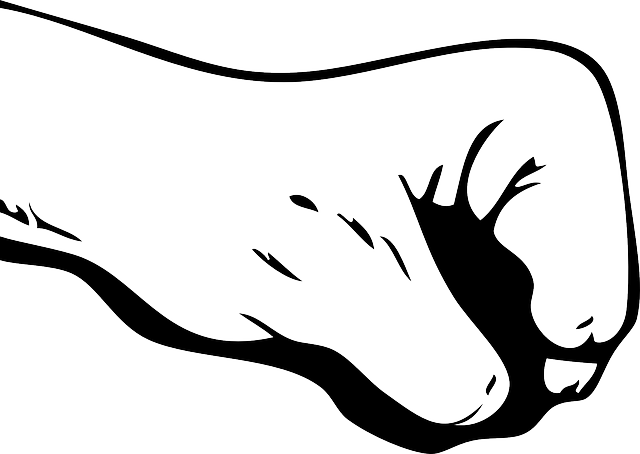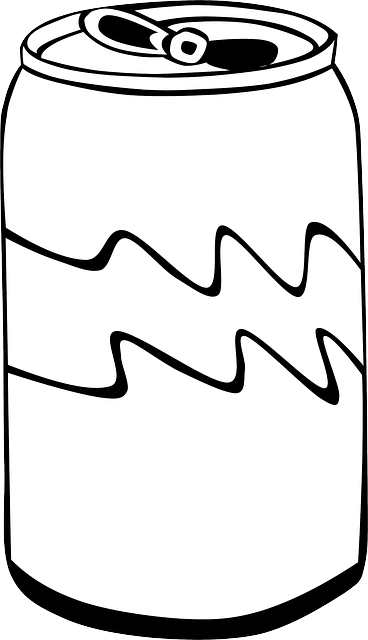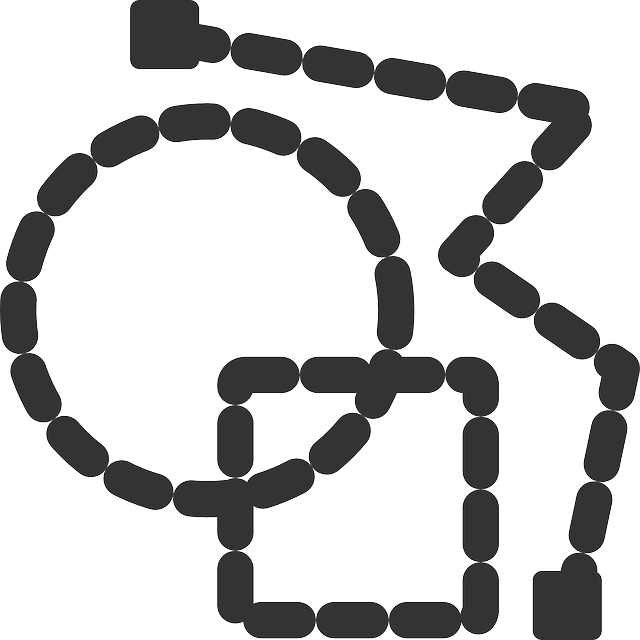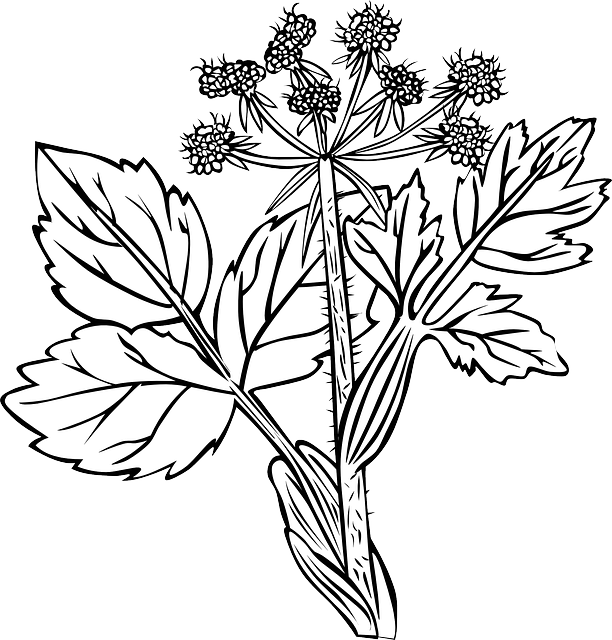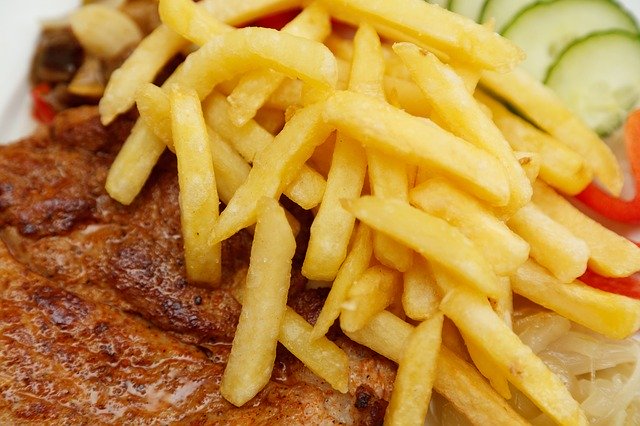جوجوتسو
| Jujutsu | |
|---|---|
|
Jujutsu training at an agricultural school in Japan around 1920 | |
| تـُعهد أيضاً باسم | jiu-jitsu, jiujitsu, ju-jitsu, jujitsu, ju-jutsu |
| بؤرة الهجريز | Hybrid |
| بلد المنشأ | Japan |
| الوالدان | Various Japanese martial arts |
| أشهر الممارسين | Kanō Jigorō, Seishiro Okazaki, Takeda Sōkaku, Morihei Ueshiba, Wally Jay, Gokor Chivichyan, Gene LeBell, Lee Hasdell, Carlos Newton, Benny Urquidez, Tim Kennedy, Shonie Carter, Bill Underwood, Harold Howard, Michel van Rijt, Moshé Feldenkrais, Dong Jin Kim, Mikinosuke Kawaishi, Jean-Yves Thériault, Alexis Davis, Stephen Thompson, Serge Mol, Mikhail Zayats, Matt Larsen |
| الفنون المتفرعة | judo, sambo, Brazilian jiu-jitsu (via judo), aikido, hapkido, catch wrestling, bartitsu, German ju-jutsu, Atemi Ju-Jitsu |
| الرياضة الاولمپية | Judo |
| جوجوتسو | |||||
|---|---|---|---|---|---|
| "Jujutsu" in kanji | |||||
| اسم ياباني | |||||
| كانجي | 柔術 | ||||
| |||||
Jujutsu ( // ; يابانية: 柔術, jūjutsu listen ), also known as Jujitsu or Jiu-jitsu, is a Japanese martial art and a method of close combat for defeating an opponent in which one uses either a short weapon or none.
السمات
"Jū" can be translated to mean "gentle, soft, supple, flexible, pliable, or yielding". "Jutsu" can be translated to mean "art" or "technique" and represents manipulating the opponent's force against themselves rather than confronting it with one's own force. Jujutsu developed to combat the samurai of feudal Japan as a method for defeating an armed and armored opponent in which one uses no weapon, or only a short weapon. Because striking against an armored opponent proved ineffective, practitioners learned that the most efficient methods for neutralizing an enemy took the form of pins, joint locks, and throws. These techniques were developed around the principle of using an attacker's energy against him, rather than directly opposing it.
There are many variations of the art, which leads to a diversity of approaches. Jujutsu schools (ryū) may utilize all forms of grappling techniques to some degree (i.e. throwing, trapping, joint locks, holds, gouging, biting, disengagements, striking, and kicking). In addition to jujutsu, many schools teach the use of weapons. Today, Jujutsu is practiced in both traditional and modern sports forms. Derived sport forms include the Olympic sport and martial art of judo, which was developed by Kanō Jigorō in the late 19th century from several traditional styles of jujutsu, and Brazilian jiu-jitsu, which was derived from earlier (pre–World War II) versions of Kodokan judo.
أصل الحدثة
Jujutsu, the current standard spelling, is derived using the Hepburn romanization system. Before the first half of the 20th century, however, Jiu-Jitsu and Ju-Jitsu were preferred, even though the romanization of the second kanji as Jitsu is unfaithful to the standard Japanese pronunciation. Since Japanese martial arts first became widely known of in the West in that time period, these earlier spellings are still common in many places. Ju-Jitsu is still a common spelling in France, Canada, and the United Kingdom while Jiu-Jitsu is most widely used in Germany and Brazil.
Some define jujutsu and similar arts rather narrowly as "unarmed" close combat systems used to defeat or control an enemy who is similarly unarmed. Basic methods of attack include hitting or striking, thrusting or punching, kicking, throwing, pinning or immobilizing, strangling, and joint locking. Great pains were also taken by the bushi (classic warriors) to develop effective methods of defense, including parrying or blocking strikes, thrusts and kicks, receiving throws or joint locking techniques (i.e., falling safely and knowing how to "blend" to neutralize a technique's effect), releasing oneself from an enemy's grasp, and changing or shifting one's position to evade or neutralize an attack. As jujutsu is a collective term, some schools or ryu adopted the principle of ju more than others.
From a broader point of view, based on the curricula of many of the classical Japanese arts themselves, however, these arts may perhaps be more accurately defined as unarmed methods of dealing with an enemy who was armed, together with methods of using minor weapons such as the jutte (truncheon; also called jitter), tantō (knife), or Kaku shi buki (hidden weapons), such as the ryofundo kusari (weighted chain) or the bankokuchoki (a type of knuckle-duster), to defeat both armed or unarmed opponents.
Furthermore, the term jujutsu was also sometimes used to refer to tactics for infighting used with the warrior's major weapons: katana or tachi (sword), yari (spear), naginata (glaive), jō (short staff), and bō (quarterstaff). These close combat methods were an important part of the different martial systems that were developed for use on the battlefield. They can be generally characterized as either Sengoku period (1467–1603) katchu bu Jutsu or yoroi kumiuchi (fighting with weapons or grappling while clad in armor), or Edo period (1603–1867) suhada bu Jutsu (fighting while dressed in the normal street clothing of the period, kimono and hakama).
The first Chinese character of Jujutsu (پنين: róu; اليابانية: 柔; الكورية: 유) is the same as the first one in Judo (پنين: róudào; اليابانية: 柔道; الكورية: 유도). The second Chinese character of Jujutsu (الصينية التقليدية: 術; الصينية المبسطة: 术; پنين: shù; اليابانية: 術; الكورية: 술) is the same as the second one in الصينية التقليدية: 武術; الصينية المبسطة: 武术; پنين: wǔshù; اليابانية: 武術; الكورية: 무술.
التاريخ
الأصول
Jujutsu first began during the Sengoku period of the Muromachi period combining various Japanese martial arts which were used on the battlefield for close combat in situations where weapons were ineffective. In contrast to the neighbouring nations of China and Okinawa whose martial arts were centered around striking techniques, Japanese hand-to-hand combat forms focused heavily upon throwing, immobilizing, joint locks and choking as striking techniques were ineffective towards someone wearing armor on the battlefield. The original forms of jujutsu such as Takenouchi-ryū also extensively taught parrying and counterattacking long weapons such as swords or spears via a dagger or other small weapons.
In the early 17th century during the Edo period, jujutsu would continue to evolve due to the strict laws which were imposed by the Tokugawa shogunate to reduce war as influenced by the Chinese social philosophy of Neo-Confucianism which was obtained during Hideyoshi's invasions of Korea and spread throughout Japan via scholars such as Fujiwara Seika. During this new ideology, weapons and armor became unused decorative items, so hand-to-hand combat flourished as a form of self-defense and new techniques were created to adapt to the changing situation of unarmored opponents. This included the development of various striking techniques in jujutsu which expanded upon the limited striking previously found in jujutsu which targeted vital areas above the shoulders such as the eyes, throat, and back of the neck. However towards the 18th century the number of striking techniques was severely reduced as they were considered less effective and exert too much energy; instead striking in jujutsu primarily became used as a way to distract the opponent or to unbalance him in the lead up to a joint lock, strangle or throw.
During the same period the numerous jujutsu schools would challenge each other to duels which became a popular pastime for warriors under a peaceful unified government, from these challenges randori was created to practice without risk of breaking the law and the various styles of each school evolved from combating each other without intention to kill.
The term jūjutsu was not coined until the 17th century, after which time it became a blanket term for a wide variety of grappling-related disciplines and techniques. Prior to that time, these skills had names such as "short sword grappling" (小具足腰之廻 kogusoku koshi no mawari), "grappling" (組討 or 組打 kumiuchi), "body art" (体術 taijutsu), "softness" (柔 or 和 yawara), "art of harmony" (和術 wajutsu, yawarajutsu), "catching hand" (捕手 torite), and even the "way of softness" (柔道 jūdō) (as early as 1724, almost two centuries before Kanō Jigorō founded the modern art of Kodokan Judo).
المدارس والاشتقاقات
As jujutsu has so many facets, it has become the foundation for a variety of styles and derivations today. As each instructor incorporated new techniques and tactics into what was taught to him originally, he codified and developed his own ryu (school) or Federation to help other instructors, schools, and clubs. Some of these schools modified the source material enough that they no longer considered themselves a style of jujutsu.
C. 1600 there were over 2000 Japanese jujutsu ryū, most with common characteristics. Specific technical characteristics varied from school to school. Many of the generalizations noted above do not hold true for some schools of jujutsu. Schools of Japanese jujutsu with long lineages include:
- Asayama Ichiden-ryū 浅山一傳流
- Daitō-ryū_Aiki-jūjutsu
- Fusen-ryū不遷流
- Hongaku Kokki-ryū 本覚克己流
- Hontai Yōshin-ryū 本體楊心流(Takagi Ryu)高木流
- Iga-ryū 為我流
- Iga-ryūha-Katsushin-ryu 為我流派勝新流柔術
- Ishiguro-ryū 石黒流
- Kashima Shin-ryū 鹿島神流
- Jishukan-Ryu
- Kensō-ryū 兼相流
- Kiraku-ryū 気楽流
- Kitō-ryū 起倒流
- Kukishin-ryū九鬼神流
- Kyushin-ryū
- Natsuhara-ryū 夏原流(夢想直伝流)
- Sekiguchi-ryū 関口流
- Shindō Yōshin-ryū 神道楊心流
- Shibukawa-ryū 渋川流
- Sōsuishi-ryū 双水執流
- Takenouchi-ryū 竹内流
- Tatsumi-ryū 立身流
- Tenjin Shin'yō-ryū 天神真楊流
- Tennen Rishin-ryū 天然理心流
- Yagyū Shingan-ryū 柳生心眼流
- Yōshin-ryū 楊心流
الفنون القتالية المتأثرة بالجوجوتسوأوالمشتقة منها
Some examples of martial arts that have developed from or have been influenced by jujutsu are: aikido, bartitsu,hapkido, judo (and thence Brazilian jiu-jitsu and sambo), kajukenbo, krav maga, kapap, pangamot, and kenpo.
Some schools also went on to influence modern Japanese karate. A major Japanese divergence occurred in 1905 when a number of jujutsu schools joined the Kodokan. The relationships between schools and styles can be complex. For example, the Wado-ryu school of karate is partially descended from Shindō Yōshin-ryū jujutsu, itself in turn influenced by Okinawan karate.
آيكيدو
آيكيدوis a modern martial art developed in the 1910s and 1930s by موريهـِيْ أوىشيبا from the system of Daitō-ryū Aiki-jūjutsu techniques to focus on the spiritual principle of harmony which distinguishes Budō from Bujutsu. Ueshiba was an accomplished student of Takeda Sokaku. Aikido is a systemic refinement of defensive techniques from Aiki-Jujutsu in ways that are intended to prevent harm to either the attacker or the defender. Aikido evolved much during Ueshiba's lifetime, so earlier styles (such as Yoshinkan) are more like the original Aiki-Jujutsu than ones (such as Ki-Aikido) that more resemble the techniques and philosophy that Ueshiba stressed towards the end of his life.
بارتيتسو
Jujutsu was first introduced to Europe in 1898 by Edward William Barton-Wright, who had studied Tenjin Shinyō-ryū and Shinden Fudo Ryu in Yokohama and Kobe. He also trained briefly at the Kodokan in Tokyo. Upon returning to England he folded the basics of all of these styles, as well as boxing, savate, and forms of stick fighting, into an eclectic self-defence system called Bartitsu.
جودو
Modern judo is the classic example of a sport that derived from jujutsu and became distinct. Many who study judo believe as Kanō did, that judo is not a sport but a self-defense system creating a pathway towards peace and universal harmony. Another layer removed, some popular arts had instructors who studied one of these jujutsu derivatives and later made their own derivative succeed in competition. This created an extensive family of martial arts and sports that can trace their lineage to jujutsu in some part.
جيو-جيتسوالبرازيلية
جيو-جيتسوالبرازيلية (BJJ) was developed after ميتسويومايدا brought judo to Brazil in 1914. Maeda agreed to teach the art to Luiz França and Carlos Gracie, son of his friend, businessman and politician Gastão Gracie. Luiz França went on to teach it to Oswaldo Fadda. After Carlos learned the art from Maeda, he passed his knowledge to his brothers Oswaldo, Gastão Jr., and George. Meanwhile, Hélio Gracie would peek in and practice the techniques, although he was told he was too young to practice. At the time, judo was still commonly called Kanō jiu-jitsu (from its founder Kanō Jigorō), which is why this derivative of judo is called Brazilian jiu-jitsu rather than Brazilian judo.
Its emphasis shifted to ground grappling because the Gracie family thought it was more efficient and much more practical. Carlos and Helio helped the development by promoting fights (mostly against practitioners of other martial arts), competitions and experimenting throughout decades of intense training. BJJ dominated the first large modern mixed martial arts competitions,[] causing the emerging field to adopt many of its practices. Less-practiced stand-up techniques in Gracie Jiu Jitsu remain from its judo and jujutsu heritage (knife defense, gun defense, throws, blocking, striking etc.).
التراث والفلسفة
Japanese culture and religion have become intertwined into the martial arts. Buddhism, Shinto, Taoism and Confucian philosophy co-exist in Japan, and people generally mix and match to suit. This reflects the variety of outlook one finds in the different schools.
Jujutsu expresses the philosophy of yielding to an opponent's force rather than trying to oppose force with force. Manipulating an opponent's attack using his force and direction allows jujutsuka to control the balance of their opponent and hence prevent the opponent from resisting the counterattack.
انظر أيضاً
- بوابة Jiu-jitsu
المراجع
- ^ Takahashi, Masao (May 3, 2005). Mastering Judo. Human Kinetics. p. viii. ISBN .
- ^ Mol, Serge (2001). Classical Fighting Arts of Japan: A Complete Guide to Koryū Jūjutsu. Tokyo, Japan: Kodansha International. pp. 24–54. ISBN .
- ^ Kanō, Jigorō (2006) [2005]. "A Brief History of Jujutsu". In Murata, Naoki (ed.). Mind over muscle: writings from the founder of Judo. trans. Nancy H. Ross (2 ed.). Japan: Kodansha International. p. 13. ISBN .
- ^ Skoss, Meik (1995). "Jujutsu and Taijutsu". Aikido Journal. 103. Archived from the original on 2007-10-12. Retrieved 2007-09-09.
- ^ "儒学者 藤原惺窩 / 三木市". City.miki.lg.jp. Retrieved 2015-03-05.
- ^ 日本武道全集. 第5巻. Shin-Jinbutsuoraisha. 1966. ASIN B000JB7T9U.
- ^ Matsuda, Ryuichi (2004). 秘伝日本柔術. Doujinshi. ISBN .
- ^ "A history of Kukishin Ryu". Shinjin.co.jp. Archived from the original on 2011-07-22. Retrieved 2009-09-12.
- ^ "Bartitsu".
- ^ "和道流空手道連盟". Wado-ryu.jp. Retrieved 2015-03-05.
وصلات خارجية
- "Jujutsu" by Jigorō Kanō and T. Lindsay, 1887 (Transactions of the Asiatic Society of Japan, Volume 15). On jujutsu and the origins of judo.
نطقب:Grappling نطقب:Japanese martial arts
نطقب:Sports of the World Games program


